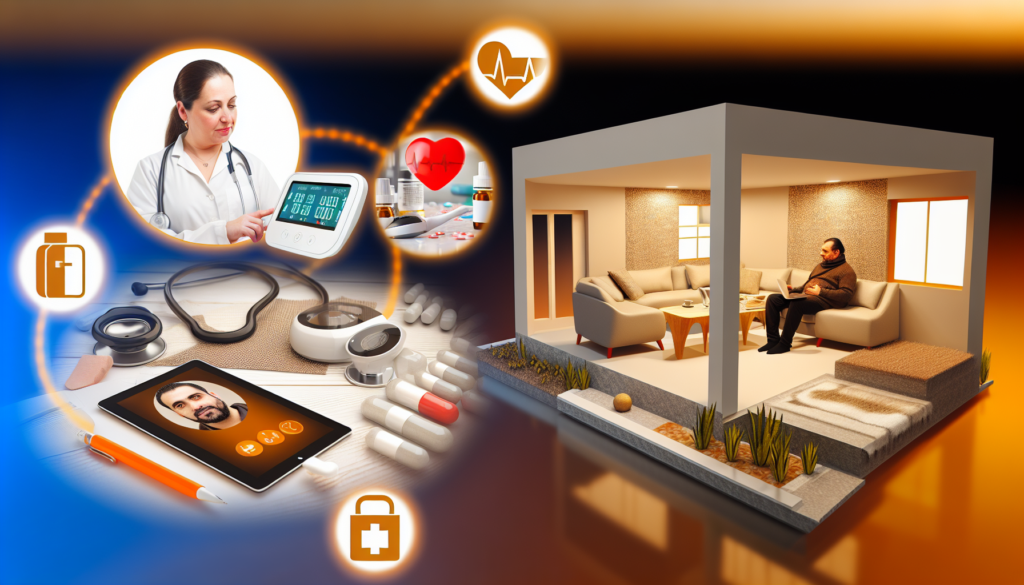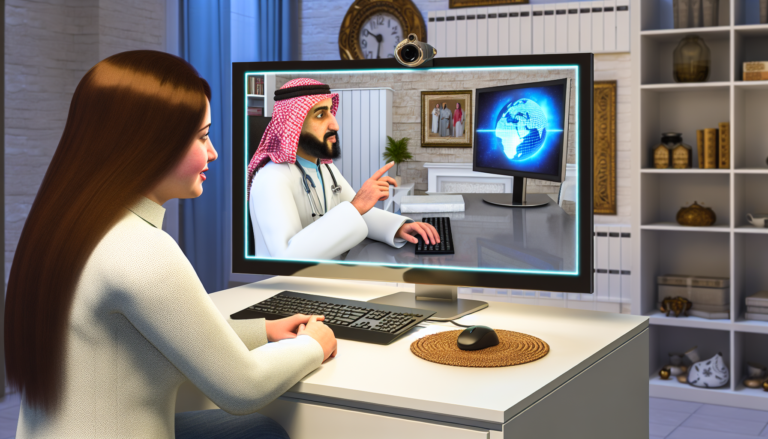Bracing for a New Age: How Telemedicine is Reshaping Home Health Care
As our world gravitates towards digital innovations, various sectors of society are also evolving and transforming – and healthcare is no exception. One area where this apparent is in telemedicine, a branch of health care delivery that uses digital tools and platforms to provide remote medical services. As the digital transformation continues to impact every aspect of our lives, telemedicine is quickly becoming the new norm in home health care.
Telemedicine is more than just a technological breakthrough. It’s a practical solution that addresses fundamental challenges in health care delivery, especially for home health patients. This trend is driven by some key advantages that telemedicine offers:
- Improves Accessibility: One of the biggest hurdles for home healthcare is accessibility. For patients living in remote areas, seniors with mobility issues, or individuals with chronic conditions, traveling to and from the doctor’s office can be a daunting task. Telemedicine eliminates these geographical and physical barriers, allowing patients to receive care wherever they are, whenever they need it.
- Enhances Efficiency: With telemedicine, healthcare providers can monitor patients remotely, reducing unnecessary hospital visits, and optimizing medical resources. This can result in cost savings for both patients and healthcare providers.
- Provides Continuity of Care: Continuity of care is crucial for patients managing long-term conditions. By using telemedicine services, patients can schedule regular check-ins with their healthcare providers, ensuring consistent management of their health condition.
- Enables Better Self-Care: Telemedicine not only supports clinical care but also empowers patients to take control of their own health. Through digital platforms, patients can access health records, track their health progress, and get tailored advice to support their personal care routines.
While there’s no denying the potential of telemedicine, it’s important to remember that it’s not a replacement for traditional health care, but rather a supplement to it. In-person visits are still necessary for complex diagnoses, hands-on treatments, and procedures. Yet, for routine check-ups, follow-up consultations, and monitoring chronic conditions, telemedicine can provide substantial support and convenience.
As we navigate this new healthcare landscape, we must also address the challenges that come along with it – from data security worries to the digital divide affecting disadvantaged communities. Thus, as with any technological advancement, it’s crucial to put people first. Telemedicine should be guided by the goal of improving health outcomes and quality of life for patients.
As the healthcare sector continues to evolve with the digital age, we at all4.health blog are committed to keeping our readers updated on these developments. In the end, understanding and embracing these technologies can lead to better equipped, informed, and empowered home health care patients.
Signature:
Experience Health, Team all4.health



